Transform Your Core: The Ultimate Guide to Exercise Ball Core Strength Training
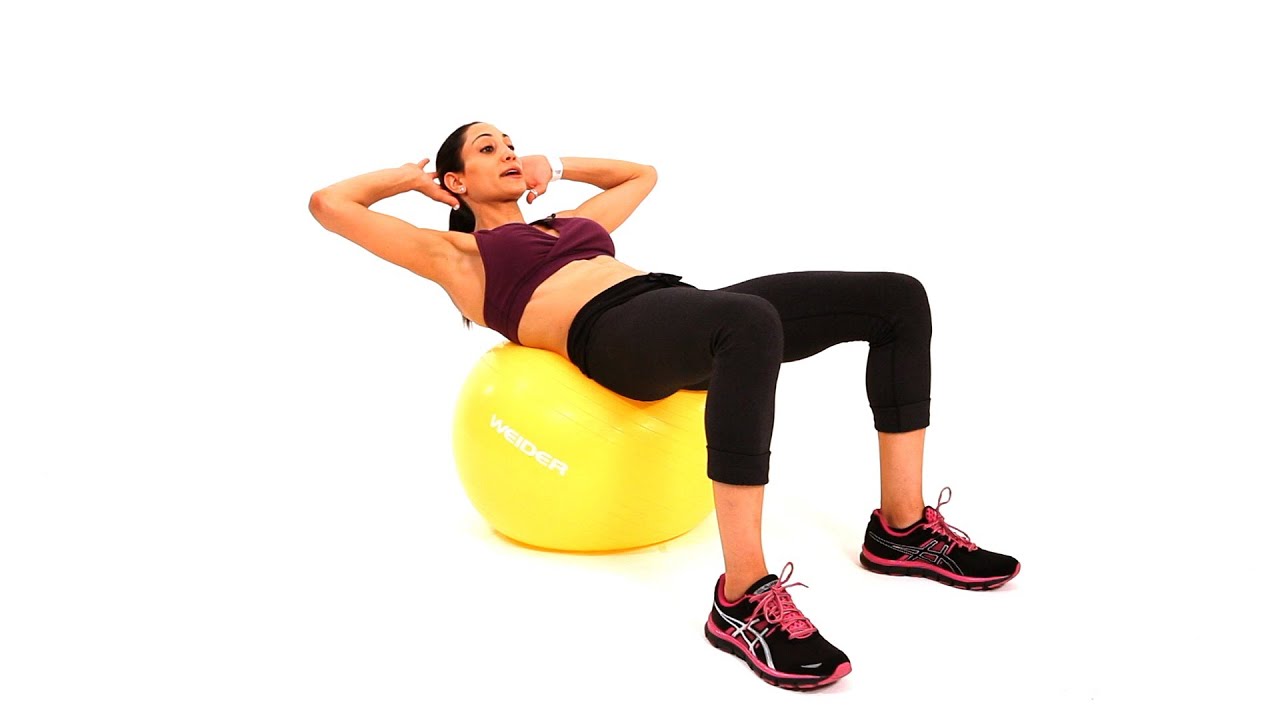
Transform Your Core: The Ultimate Guide to Exercise Ball Core Strength Training
Are you tired of boring crunches that barely make a dent in your core strength? It’s time to roll into something better.
Exercise ball core strength training is one of the most effective ways to build a rock-solid midsection while having fun at the same time
Unlike traditional floor exercises, working out with an exercise ball (also called a stability ball or Swiss ball) forces your core muscles to work overtime. Every movement becomes a balancing act, which means your deep stabilizing muscles are constantly engaged.
This creates a more complete workout that targets muscles you didn’t even know you had.
Whether you’re a complete beginner or a seasoned athlete, exercise ball training can take your core strength to the next level.
The unstable surface challenges your body in ways that regular exercises simply can’t match.
Plus, it’s gentle on your back and joints, making it perfect for people of all fitness levels.
What Makes Exercise Ball Core Training So Effective?
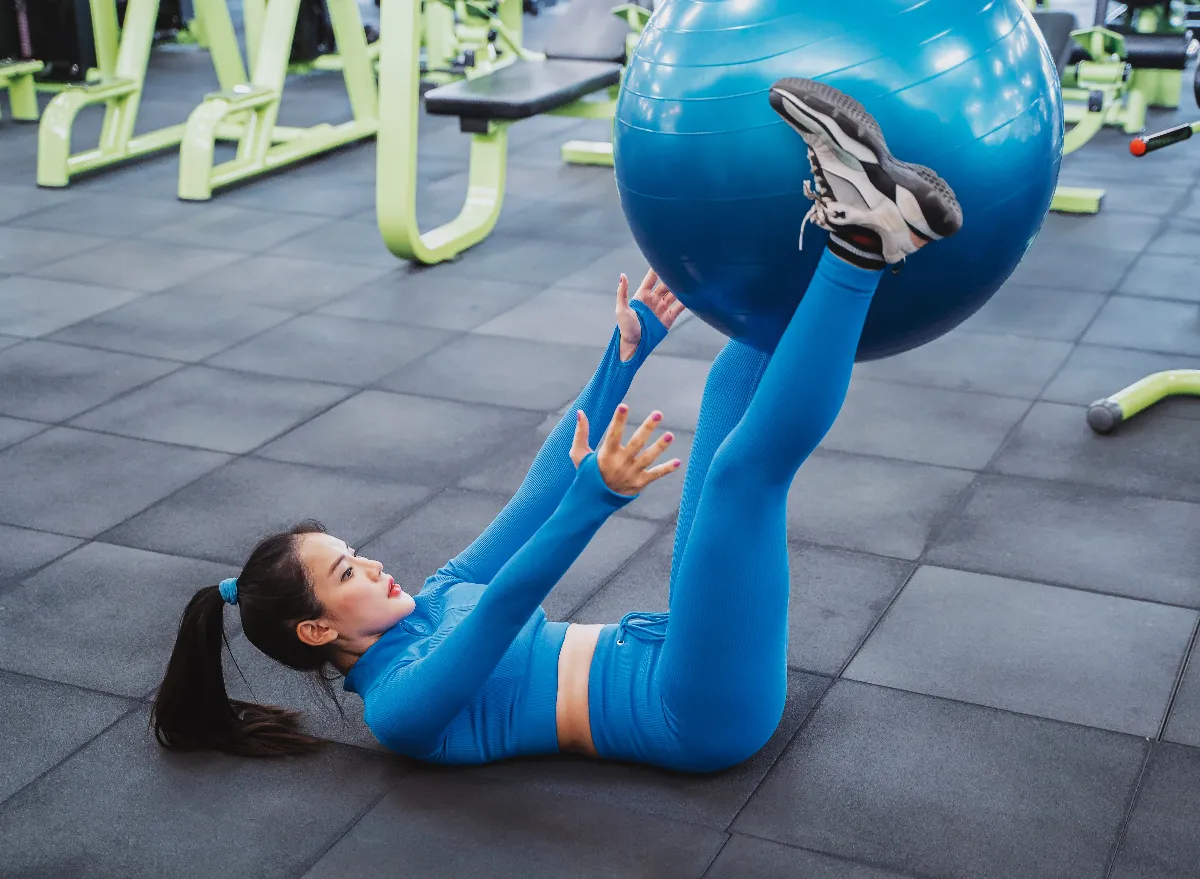
The secret sauce behind exercise ball core strength lies in something called “instability training.”
When you perform exercises on an unstable surface like an exercise ball, your core muscles have to work much harder to keep you balanced and stable.
Think about it this way: when you do a regular plank on the floor, your core muscles are working, but they have a stable surface to rely on.
But when you put your feet or hands on an exercise ball during a plank, suddenly every tiny muscle in your core springs into action to keep you from falling over.
This constant engagement of your stabilizing muscles leads to better overall core strength, improved balance, and enhanced athletic performance.
Research shows that exercises performed on unstable surfaces can increase muscle activation by up to 30% compared to the same exercises done on stable ground.
The beauty of exercise ball training is that it works your entire core as a unit, rather than isolating individual muscles.
Your rectus abdominis (the “six-pack” muscles), obliques, transverse abdominis, and deep spinal stabilizers all work together to keep you balanced and controlled.
How Do I Choose the Right Exercise Ball Size?
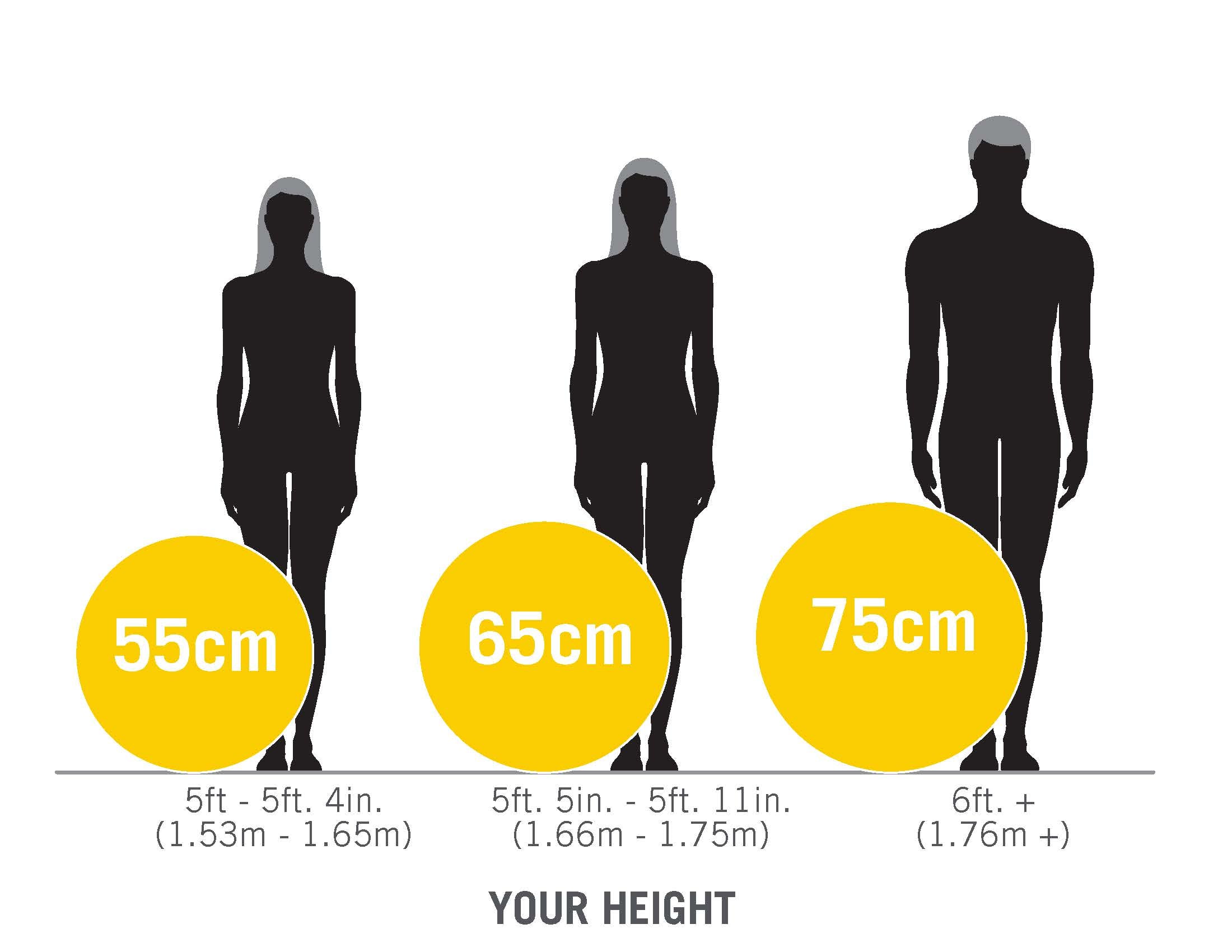
Getting the right size exercise ball is crucial for both safety and effectiveness. Using the wrong size can throw off your form and make exercises harder than they need to be.
The good news is that choosing the right size is pretty straightforward once you know what to look for.
Exercise balls come in three main sizes: 55cm, 65cm, and 75cm.
Your height determines which size you should choose. If you’re between 5’0″ and 5’5″, go with a 55cm ball.
People between 5’6″ and 5’11” should choose a 65cm ball. And if you’re 6’0″ or taller, a 75cm ball is your best bet.
Here’s a simple test to make sure you’ve got the right size: when you sit on the ball with your feet flat on the floor, your knees should be at about a 90-degree angle.
If your knees are much higher than your hips, the ball is too small. If your knees are much lower than your hips, it’s too big.
The firmness of your ball also matters. A properly inflated exercise ball should give slightly when you press on it, but it shouldn’t feel squishy.
Most exercise balls can support up to 300 pounds when properly inflated, making them safe for most users
What Are the Best Exercise Ball Core Exercises for Beginners
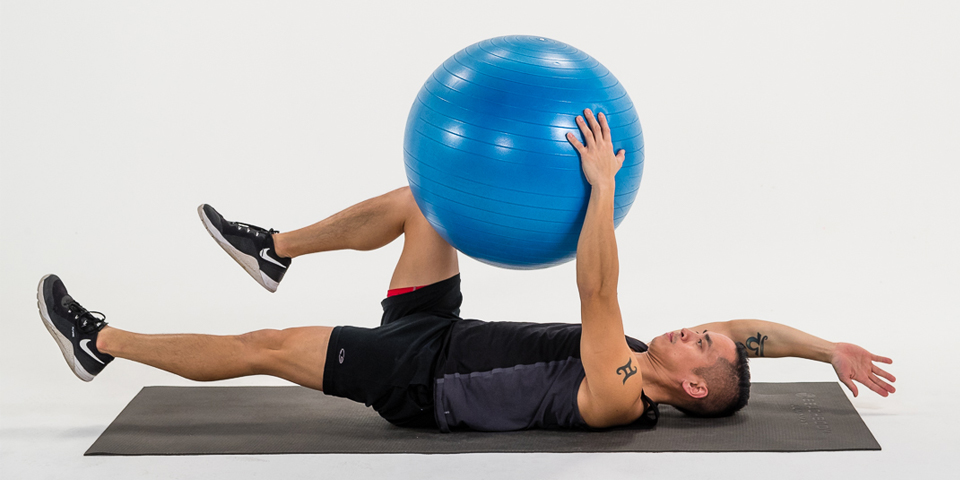
Starting your exercise ball journey doesn’t have to be intimidating. There are plenty of beginner-friendly exercises that will help you build core strength while getting comfortable with the ball’s instability.
The exercise ball crunch is perfect for beginners because it’s similar to regular crunches but with added benefits.
Lie back on the ball with it supporting your lower back, feet flat on the floor, and hands behind your head. Slowly crunch up, focusing on using your abs rather than pulling on your neck.
The ball’s curve allows for a greater range of motion than floor crunches, making this exercise more effective.
Ball marching is another excellent starter exercise. Sit on the ball with your feet flat on the floor and your core engaged.
Slowly lift one foot off the ground, hold for a few seconds, then lower it and repeat with the other foot. This simple movement challenges your balance and activates your deep core muscles.
Wall squats with an exercise ball are fantastic for building lower body strength while engaging your core. Place the ball between your back and a wall, then slowly squat down while keeping the ball in place.
The ball provides support while still requiring your core to work for stability.
For those ready to step it up a notch, try the stability ball plank. Place your forearms on the ball and extend your legs behind you, creating a straight line from head to heels.
This exercise is significantly more challenging than a regular plank because the ball’s instability forces your entire core to work harder.
How Can I Progress to Advanced Exercise Ball Core Exercises

Once you’ve mastered the basics, it’s time to challenge yourself with more advanced movements.
These exercises will push your core strength and stability to new levels, helping you develop the kind of functional strength that carries over into daily activities and athletic performance.
The exercise ball pike is a killer move that targets your entire core while also working your shoulders.
Start in a plank position with your shins on the ball. Using your core muscles, roll the ball toward your chest by lifting your hips up into a pike position.
This movement requires serious core control and will leave your abs burning in the best way possible.
Russian twists on the exercise ball take this classic core exercise to the next level.
Lie back on the ball with it supporting your upper back, then lift your hips to create a straight line from knees to shoulders. Hold your hands together and rotate from side to side, keeping your hips stable.
This exercise hammers your obliques while challenging your balance.
For the ultimate challenge, try exercise ball roll-outs. Kneel in front of the ball and place your forearms on top of it.
Slowly roll the ball forward, extending your body into a straight line, then use your core to pull yourself back to the starting position. This exercise is incredibly demanding and will test every muscle in your core.
These advanced movements pair perfectly with other high-intensity training methods.
If you’re looking to maximize your workout efficiency, consider incorporating HIIT workouts into your routine alongside your exercise ball training.
Are Exercise Balls Better Than Traditional Core Exercises
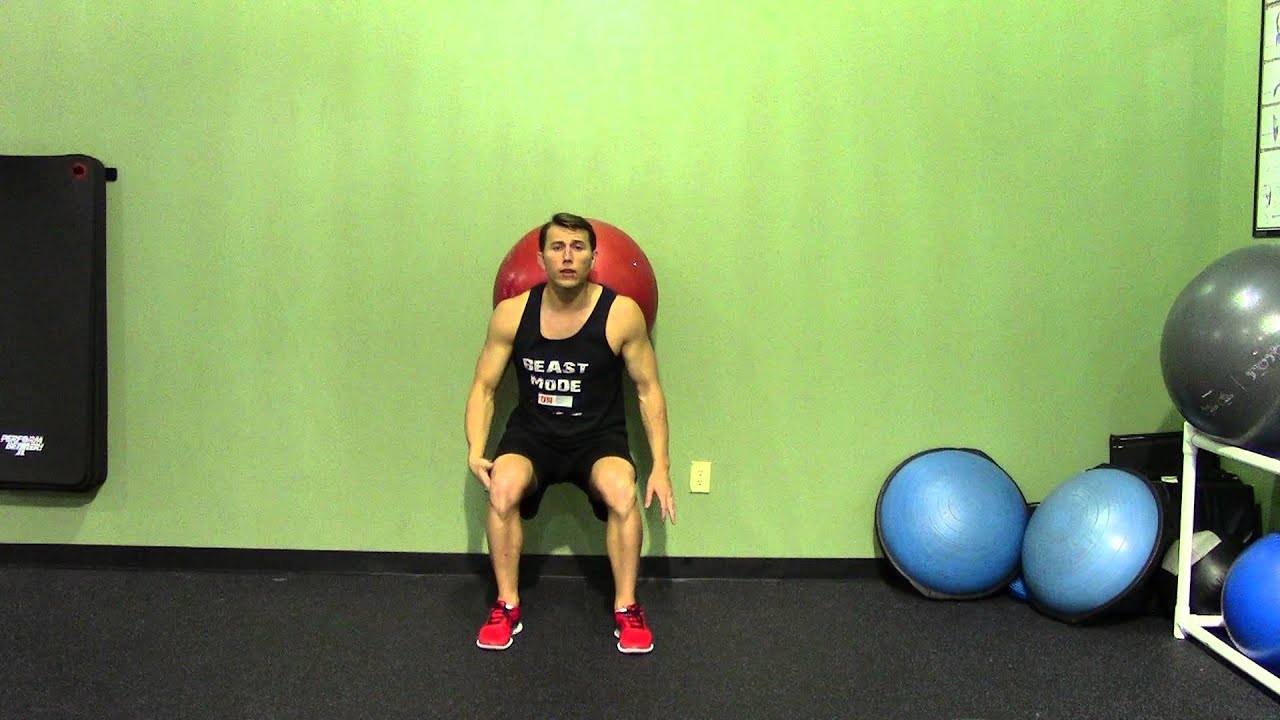
The short answer is: it depends on your goals, but exercise balls offer some unique advantages that traditional floor exercises can’t match.
The instability factor is the game-changer here.
When you perform exercises on an unstable surface, you’re not just working the primary muscles – you’re also engaging all the small stabilizing muscles that often get neglected in regular workouts.
Studies have shown that performing exercises on unstable surfaces can increase core muscle activation significantly compared to stable surface exercises.
For example, a plank performed with feet on an exercise ball activates the core muscles up to 30% more than a regular plank on the floor.
Exercise balls are also gentler on your spine. The curved surface of the ball allows for a more natural range of motion during exercises like crunches, reducing the strain on your lower back that often comes with floor-based ab exercises.
This makes exercise ball training an excellent option for people with back issues or those recovering from injuries.
However, traditional core exercises still have their place. They allow you to lift heavier weights and target specific muscles more directly.
The best approach is to combine both methods in your training routine. Use exercise ball exercises to build functional stability and core endurance, while incorporating traditional exercises for strength and muscle building.
For optimal results, consider pairing your core training with proper nutrition. A well-planned high-protein meal plan can support your muscle-building goals and help you recover faster between workouts.
How Often Should I Do Exercise Ball Core Workouts?
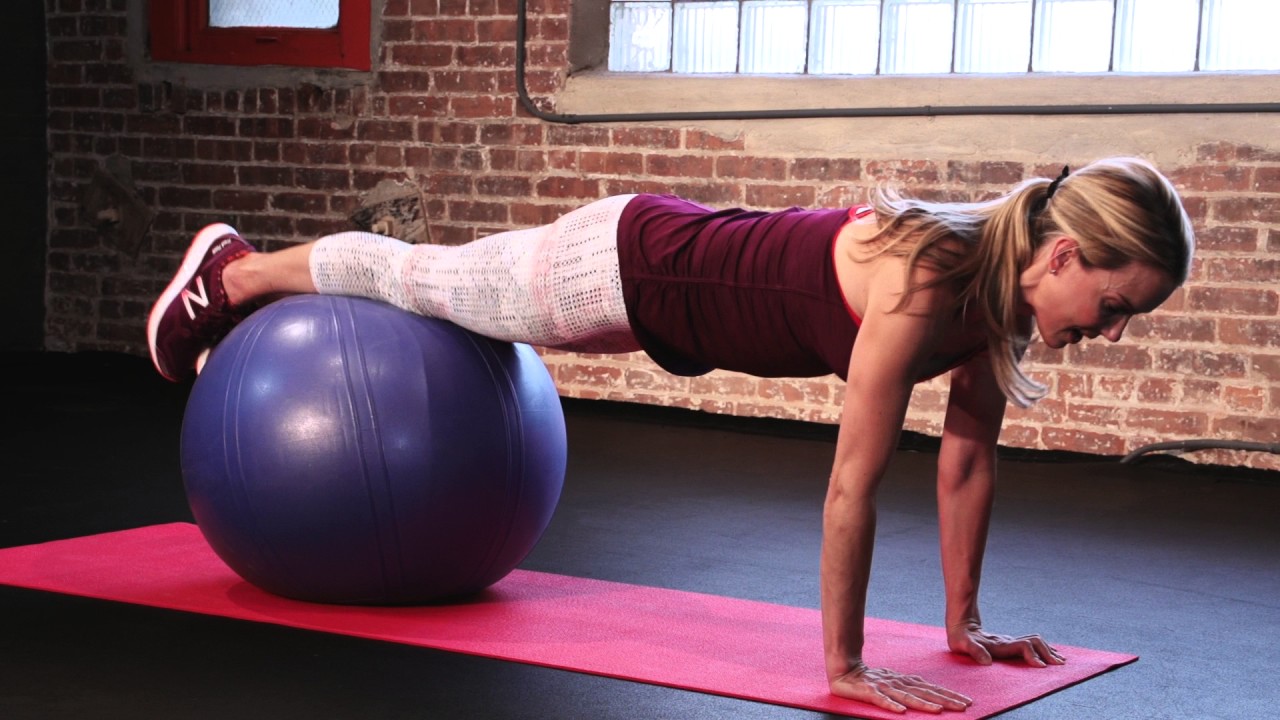
Consistency is key when it comes to building core strength with exercise ball training. For most people, 3-4 times per week is the sweet spot that allows for adequate recovery while still providing enough stimulus for improvement.
Start with 15-20 minute sessions if you’re new to exercise ball training. Your core muscles and stabilizers will fatigue quickly at first, and it’s better to maintain good form for a shorter duration than to struggle through a longer workout with poor technique.
As you get stronger and more comfortable with the ball, you can gradually increase your workout duration to 30-45 minutes. You can also increase the frequency to 4-5 times per week if you’re feeling recovered and energized.
Listen to your body and adjust accordingly. If you’re feeling overly fatigued or your form is suffering, take an extra rest day. Remember, your muscles grow and strengthen during recovery, not just during the workout itself.
Consider incorporating your exercise ball workouts into your existing ninja training routine. The improved core stability and balance you’ll develop will enhance your performance in other athletic activities and functional movements.
Don’t forget about the importance of staying properly hydrated during your workouts. Check out these useful hydration tips to ensure you’re getting the most out of every training sessions.
What Safety Tips Should I Follow When Using an Exercise Ball?
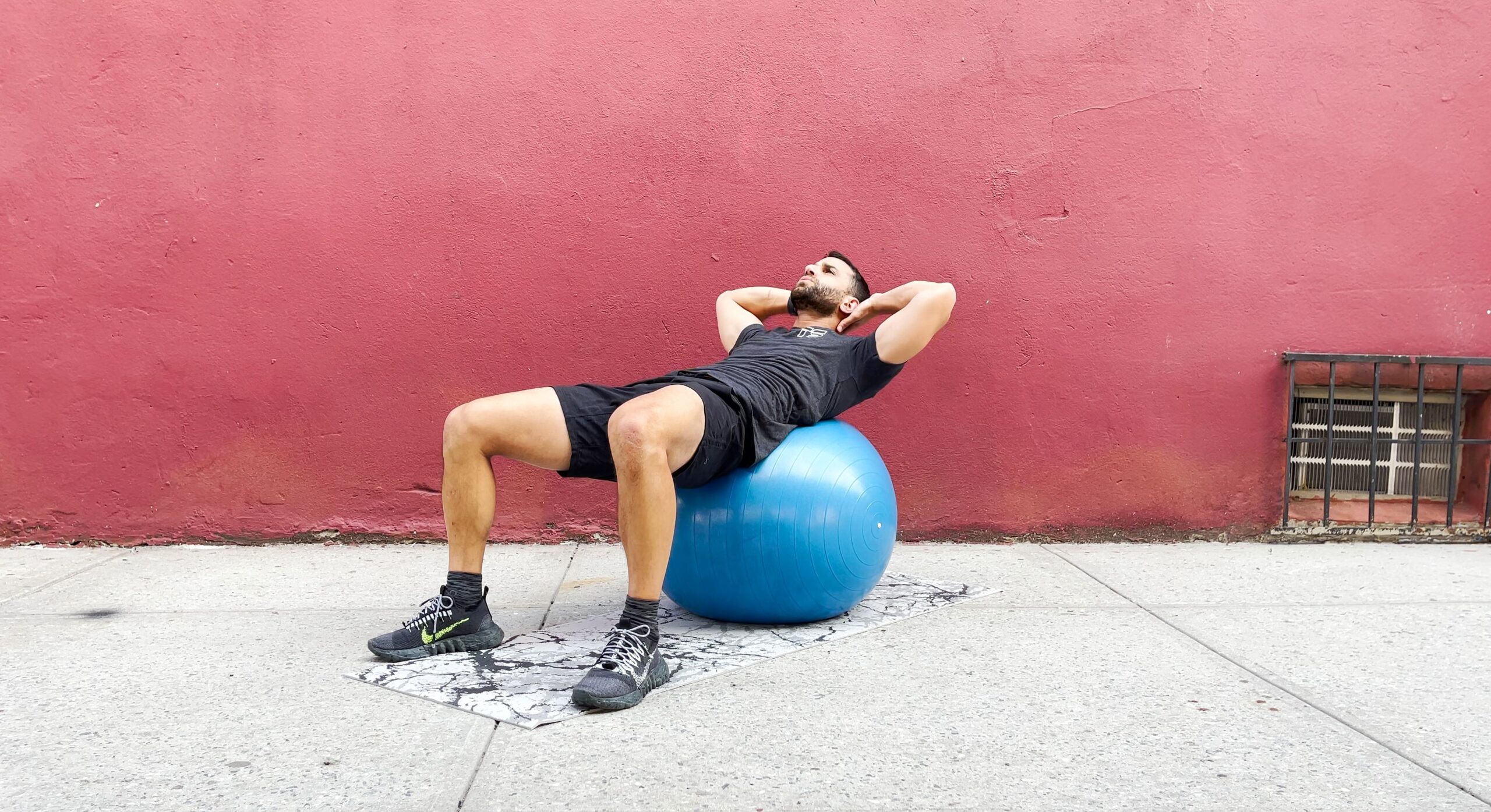
Safety should always be your top priority when using an exercise ball for core training.
While these versatile tools are generally safe when used properly, following a few key guidelines will help you avoid injury and get the most out of your workouts.
First, always check your exercise ball before each use.
Look for any signs of wear, punctures, or damage.
A damaged ball can burst unexpectedly, leading to falls and potential injuries. Most quality exercise balls are made with anti-burst technology, which means they’ll deflate slowly rather than pop suddenly if punctured.
Make sure you have enough space around you when exercising. You’ll need room to move in all directions, and having obstacles nearby increases your risk of injury if you lose balance.
A clear area of at least 6 feet in all directions is ideal for most exercise ball workouts.
Start slowly and focus on proper form rather than speed or intensity. The unstable surface of the exercise ball requires more control and coordination than traditional exercises.
Rushing through movements or using poor form significantly increases your injury risk and reduces the effectiveness of the exercises.
Keep your exercise ball properly inflated. An under-inflated ball won’t provide the stability challenge you need, while an over-inflated ball can be more likely to burst and harder to control.
Follow the manufacturer’s guidelines for proper inflation levels.
If you’re new to exercise ball training or have any existing injuries or health conditions, consider working with a qualified fitness professional initially.
They can help ensure you’re using proper form and progressing at an appropriate pace for your fitness level.
Transform Your Core Strength Today
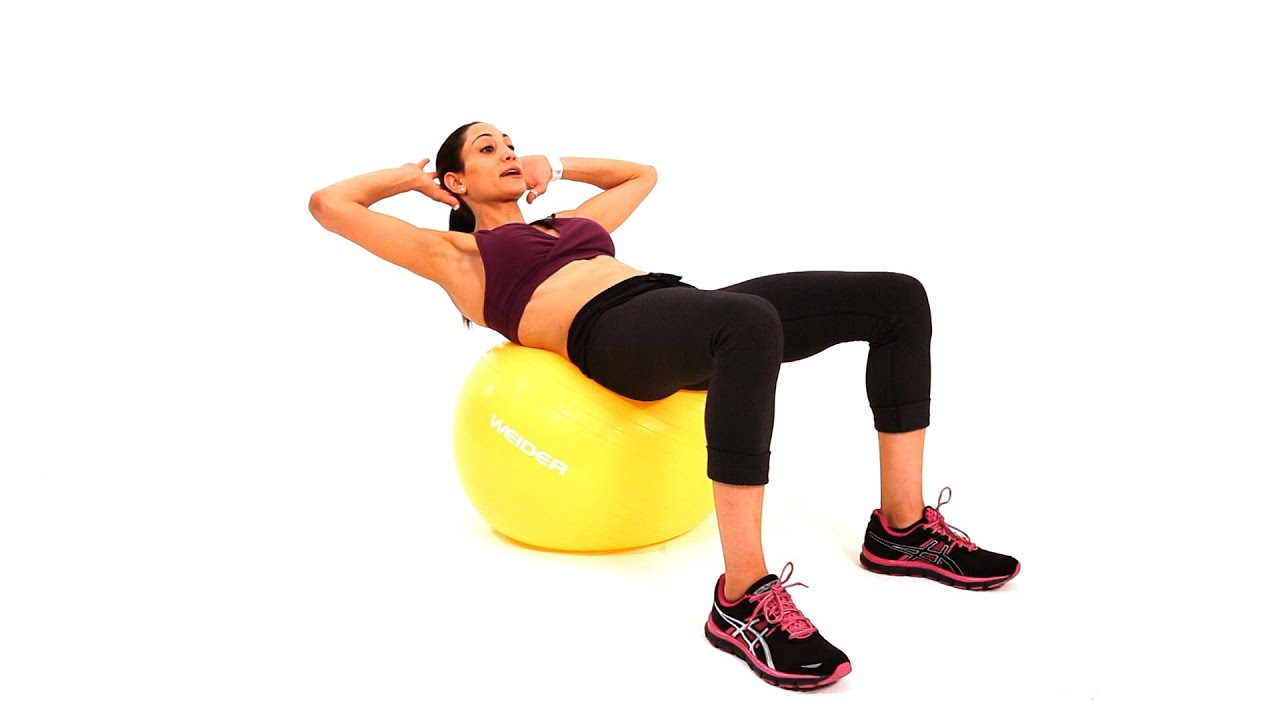
Exercise ball core strength training offers a fun, effective, and joint-friendly way to build the strong, stable core you’ve always wanted.
The unstable surface challenges your muscles in ways that traditional exercises simply can’t match, leading to better overall core strength, improved balance, and enhanced athletic performance.
Remember, consistency is more important than intensity when you’re starting out. Begin with basic exercises like ball crunches and wall squats, then gradually progress to more challenging movements as your strength and stability improve.
Aim for 3-4 sessions per week, focusing on quality over quantity.
The beauty of exercise ball training is its versatility. Whether you’re a beginner looking to build basic core strength or an advanced athlete seeking to enhance your performance, there’s an exercise ball workout that’s perfect for your needs.
The key is to start where you are and progress at your own pace.
Your core is the foundation of all movement, and investing time in strengthening it will pay dividends in every aspect of your fitness journey.
From improving your posture during long work days to enhancing your performance in ninja workouts, a strong core makes everything easier.
Don’t forget that proper nutrition plays a crucial role in your fitness success. Consider exploring post-workout meal options to support your recovery and maximize your training results.
Ready to roll into better core strength?
Grab an exercise ball and start with just 15 minutes a day.
Your future self will thank you for taking this important step toward a stronger, more stable core. Remember, every expert was once a beginner – the most important thing is to start.
